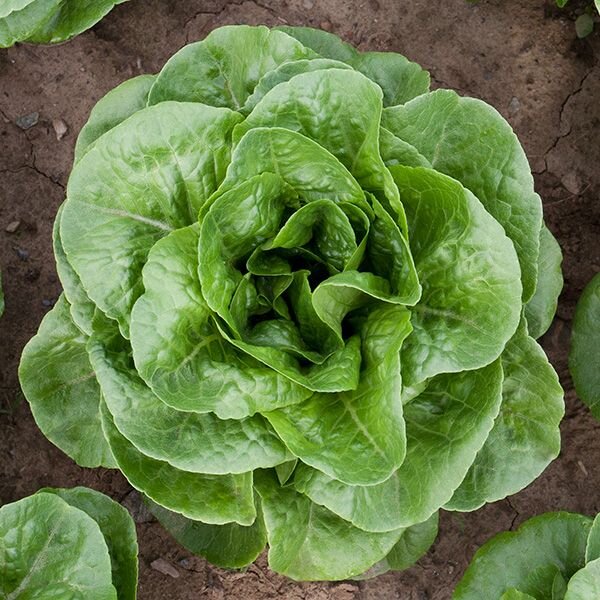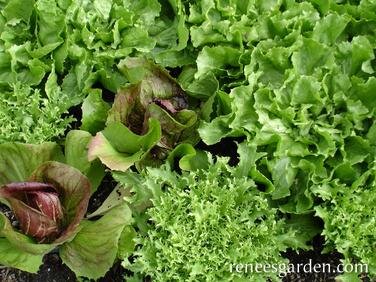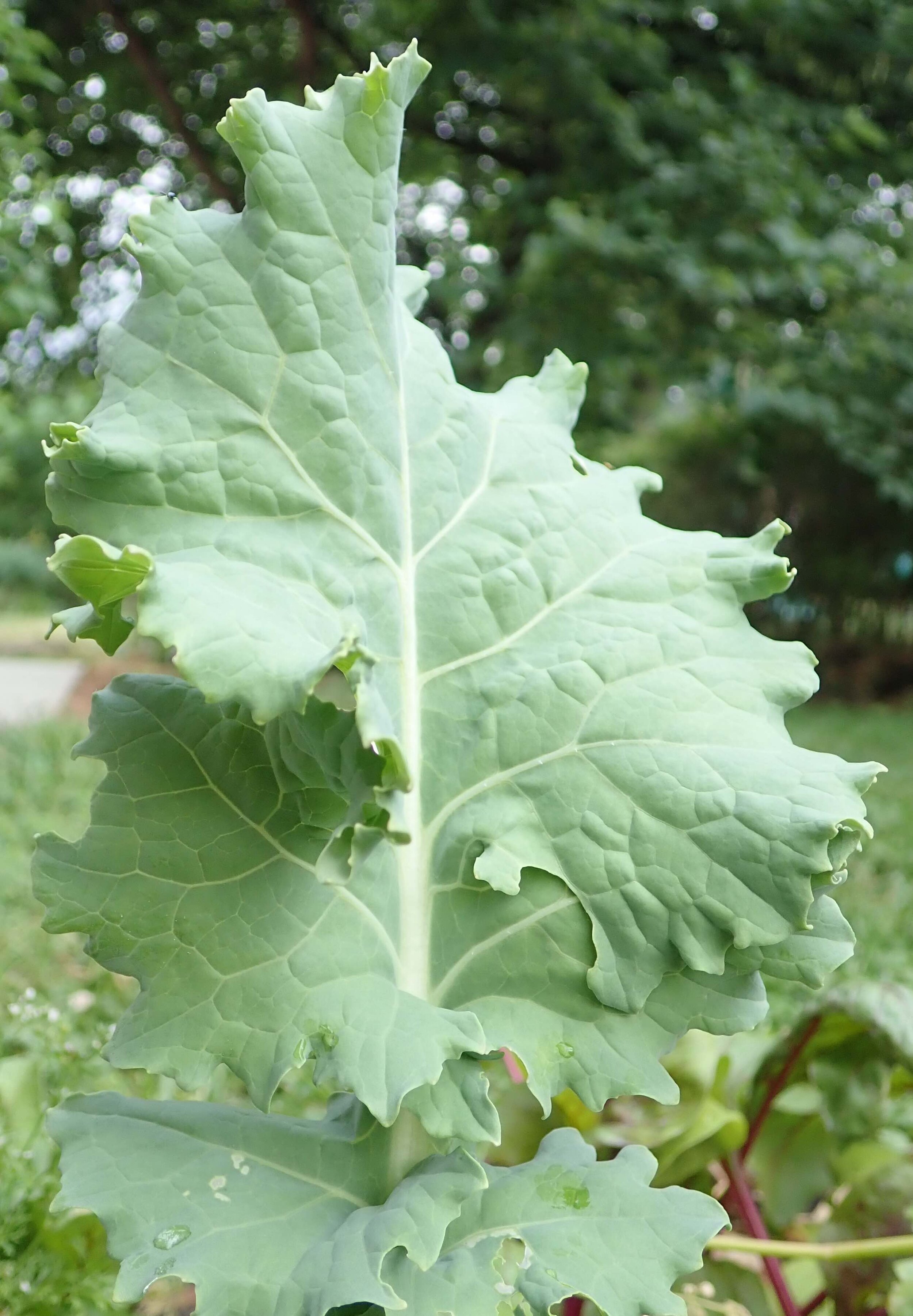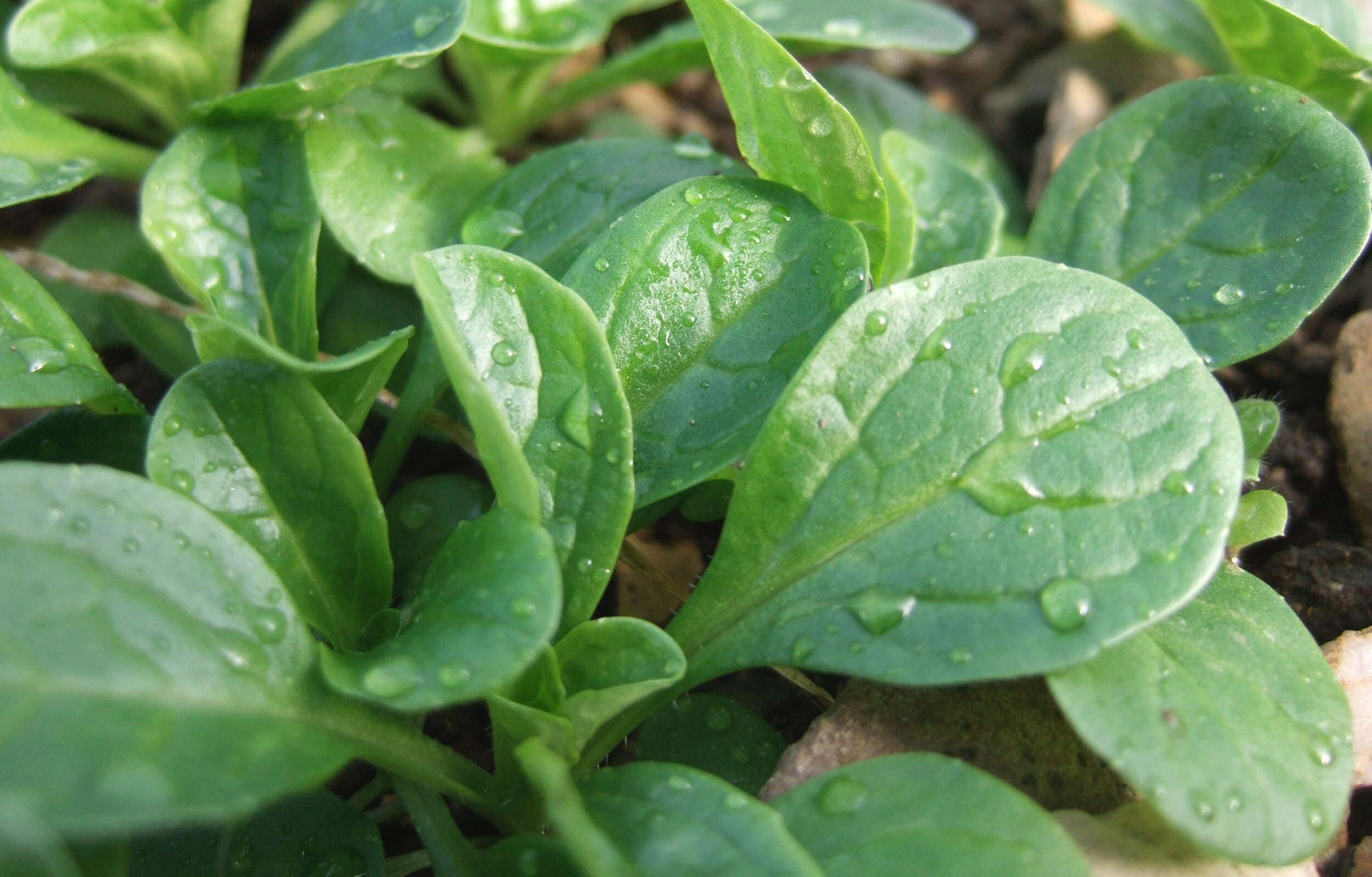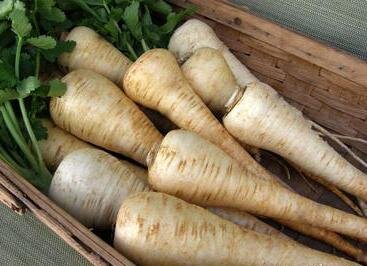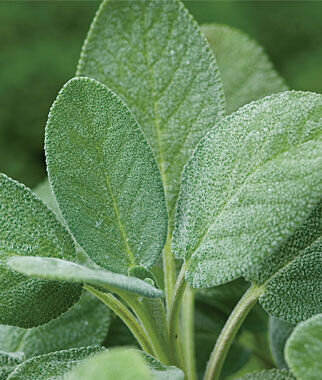Herbs and Vegetables for Winter Harvesting
In many regions winter growing is next to impossible without a heated greenhouse and supplemental lighting. Cold-weather harvesting, however, is a whole different story! With good planning, you can be harvesting greens, roots, and herbs through much of the winter.
Winter Greens
Start most winter greens in mid to late summer so that they will get to a harvestable size in fall—the thing to realize is that they will grow very slowly if at all during the short days of winter.
Choose lettuce varieties that are known for cold hardiness, such as ‘Winter Density’ (shown at left), or ‘Four Seasons’. Spinach and arugula (center photos) often persist through the winter and into the spring. Escarole, endives and radicchio (right), all in the chicory family, are slightly bitter greens that can be enjoyed fresh in salads. They are also excellent in soups and stews.
Collards (left) are known for their winter hardiness as well as their versatility in the kitchen. Steam them, use them as sandwich wraps, pair them with potatoes, or use them in soups. All varieties of kale (Siberian kale pictured in center) are reliably winter hardy, and super nutritious. And when it comes to salad greens, mâche (right), also known as corn salad, is the hardiest of them all. Sow this green in fall rather than late summer; it will not germinate in soils that are 70°F or warmer. This tasty salad green will be ready to harvest late winter through spring, depending on your climate.
To extend your harvest of winter greens: A simple low tunnel constructed with wire hoops and a double layer of row cover will extend the harvesting time for salad greens into the winter. Cover the tunnels with plastic in the coldest weeks to extend the harvest even more. Or, make a quick and easy cold frame by creating a rectangular growing space with straw bales and covering it with an old door or window. Some greens, such as collards, kale, and mâche, will survive the winter with no protection at all.
Winter Roots
Carrots, parsnips, and even beets can be harvested in the winter before the ground has frozen solid. The bonus: carrots and parsnips become sweeter after a few frosts!
To extend your harvest of roots: Plant a crop of roots in mid to late summer, and take the time to deep mulch the beds with a foot or more of shredded leaves or straw in fall before the ground freezes. You can cover the beds with row cover or an old sheet, weighing it down with rocks, to keep the mulch from blowing away. In milder winter climates be sure to harvest the roots before spring, when they will start growing and become woody.
Winter Herbs
Parsley, a biennial in the carrot family, will live through the winter and send up a flowering shoot the following spring. Sage and thyme are perennial herbs that can be sown from seed in spring. All three of these herbs can be harvested through the fall and into the winter. With a little protection you can extend the harvest time.
Non-hardy annual herbs such as basil will not survive cold winter temperatures, but can be grown on a sunny windowsill.

